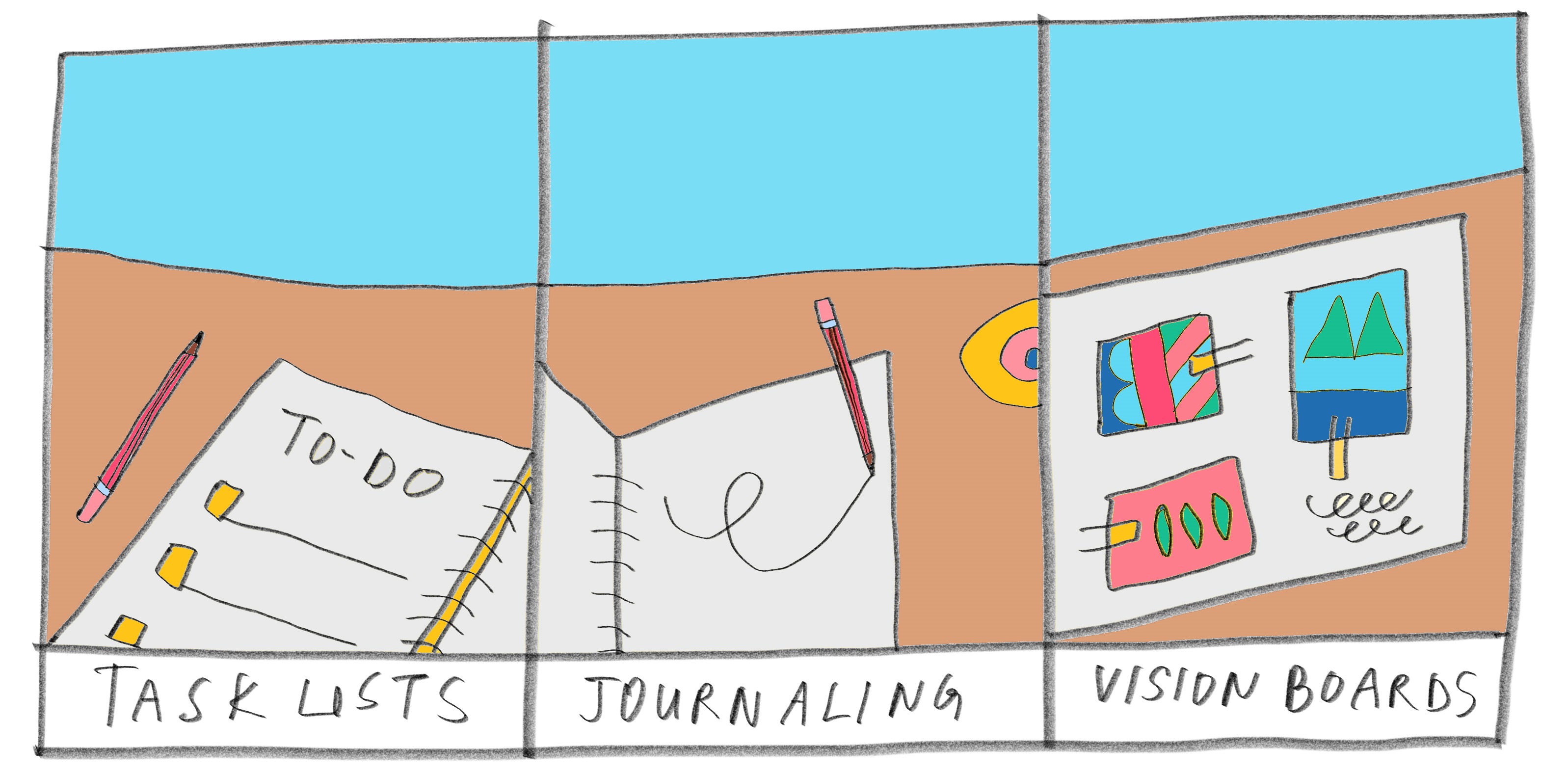The power of visualization is well-known. We’ve often heard recommendations to make task lists the night before a workday, journaling, or creating vision boards. These are examples of visualizing information.

Sometimes, it’s hard to make decisions when we can’t keep track of all the information available to us. In such cases, the best thing to do would be to visualize what you know. A tool that business leaders, professionals and individuals rely on to simplify the decision-making process is a decision tree framework.
Let’s understand decision trees and how they help you become effective decision-makers.
-
What Are Decision Tree Models?
-
More About Decision Trees
-
Why You Need Decision Trees In The Workplace
What Are Decision Tree Models?
Imagine a chart where you have the ultimate decision or problem right at the top. Attached to this are branches or connectors that define parameters to simplify your decision-making. These branches work like cause and effect to indicate possible outcomes of different scenarios.
Decision trees are decision-making tools that help you arrive at sound conclusions. They get their name because they resemble a tree with all its branches. The subject of the decision may be as simple as buying a new phone, or as complex as setting up a new office. Let’s see how decision trees work with an example.
Say you’re thinking of buying a new laptop. What you put at the top will be: Should I buy a new laptop?

Your decision making tree can start with this question on top. Branches will connect to leaf nodes that offer outcomes and possible events as a result of making this decision. Let’s say you choose “yes”. Then it can lead to, “Do you have enough savings?” But if you select yes, you’ll land at “What type of laptop?”

Each outcome of your first decision will lead you to several other outcomes. You can tailor your decision making tree based on your preferences and plans. Eventually you’ll arrive at a conclusion that’s a result of sound, informed and well thought-out decision-making.
Decision tree models help us simplify the process so we can use quick thinking and accessible information before taking action. In the workplace, this is of utmost importance as it saves time, resources and effort.

More About Decision Trees
Decision trees are widely used in machine learning because they can be as comprehensive as you want them to be. In this sphere, you’ll find various types of decision tree models. As flow charts, decision trees help you see what you’re dealing with one step after another.
Engineers heavily rely on decision trees as they deal with vast quantities of data and probability. Decision trees are effective only when built on the basis of factual information and applicable data.
For instance, if you’re deciding whether you should hire more employees for your business, you can’t base it on something like, “I need more people for social interaction.” Instead, it should be based on your budget, hiring needs and skills gaps.
Decision trees are good for assessing risk as well. Once you start to understand possible outcomes and chance events, you’ll know what you can or can’t do. The more factual the information, the better the decisions made.
Why You Need Decision Trees In The Workplace
Different types of decision tree models may be used more in engineering, machine learning and other technical spheres, but decision trees are equally helpful in a corporate setting.
Here’s why you should use decision trees for your business decisions:
-
They’re based on a careful thought process, available information and concrete data, making them reliable and trustworthy
-
They’re an important step in the decision-making process because you get a chance to take stock of everything before investing your time and money
-
They help simplify complicated processes, especially if there are several stakeholders—clients, employees, customers—involved
-
They can be altered or designed however you want, to suit your needs
-
They help you do a SWOT analysis by studying the strengths, weaknesses, opportunities and threats involved in the process
Using decision trees will help you solve problems, make decisions and approach a situation from different directions.
Harappa’s Making Decisions Course
At Harappa, we believe in the power of learning to upskill and improve. Our Making Decisions course will teach you the tools needed to make informed decisions. Concepts like the Good Decision Process will offer insight into how you can create effective decision trees. Master the art of decision-making and make better decisions for yourself and your team.
Explore Harappa Diaries to learn more about topics such as How To Overcome Indecisiveness, Examples Of Decision Trees, Process Of Decision Making and Ways To Make Right Decisions to classify problems and solve them efficiently.
 now, no signup required!
now, no signup required!




